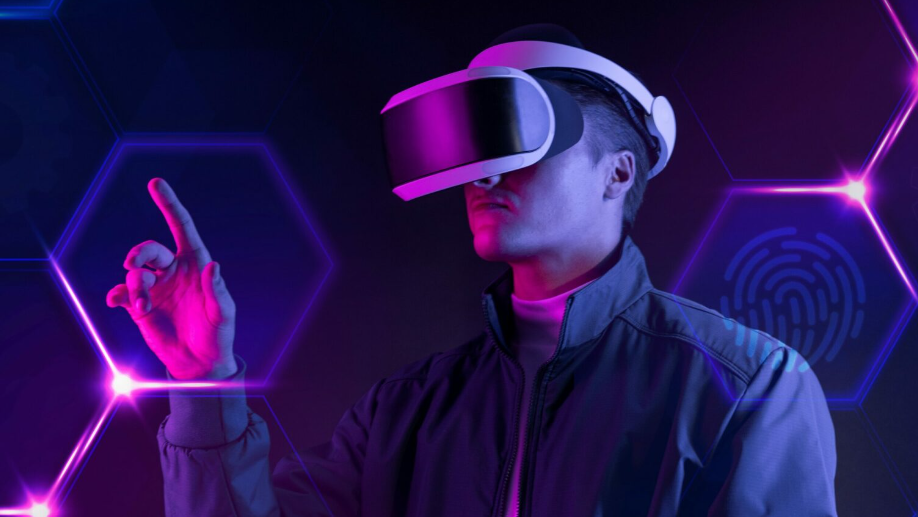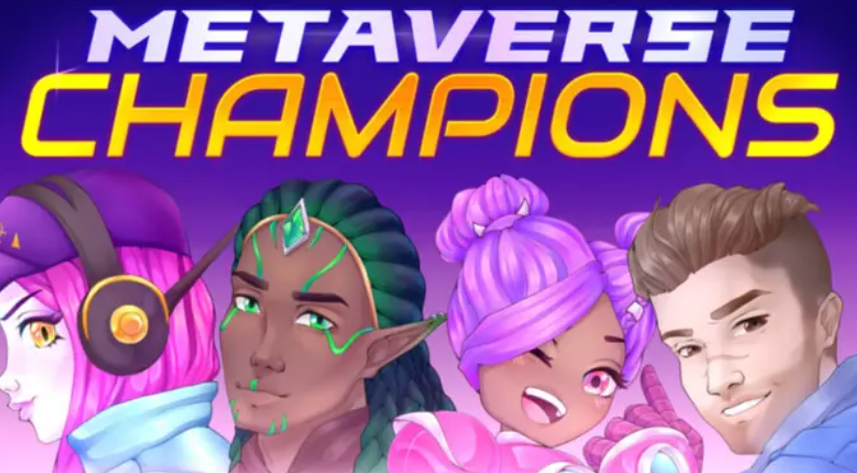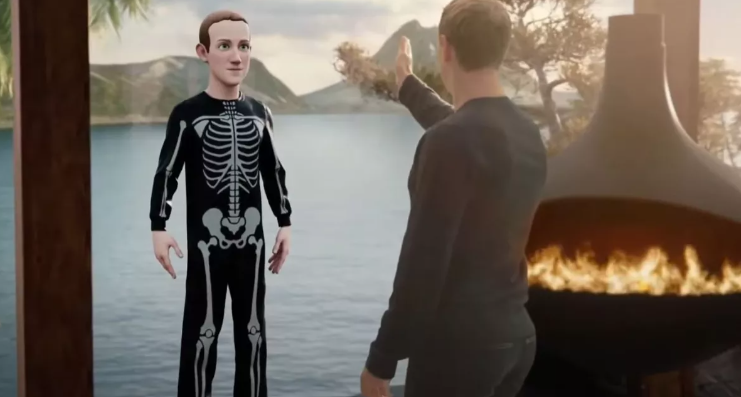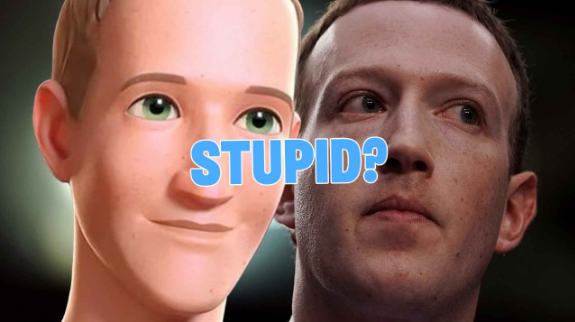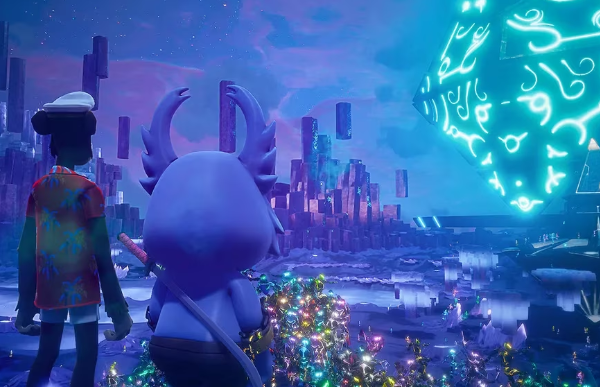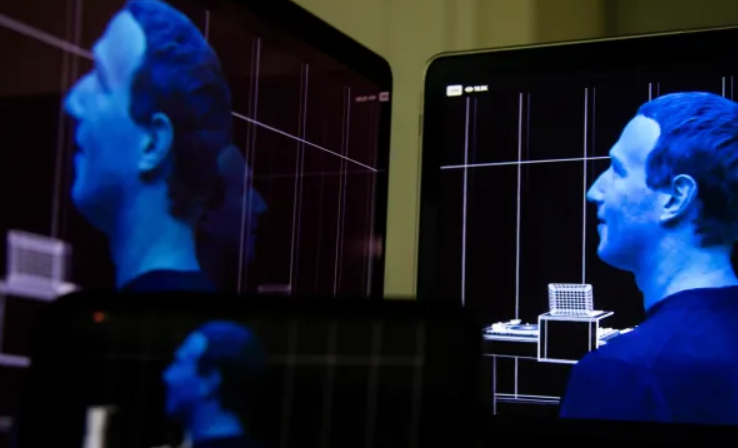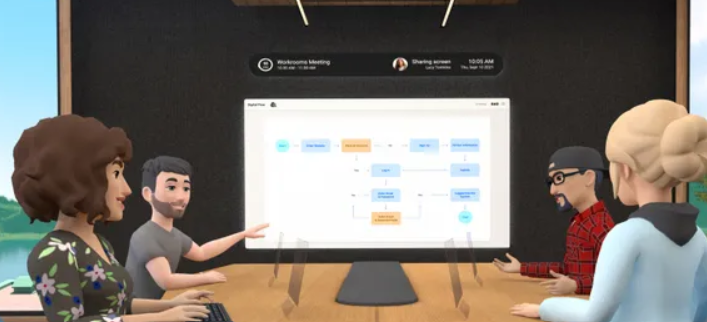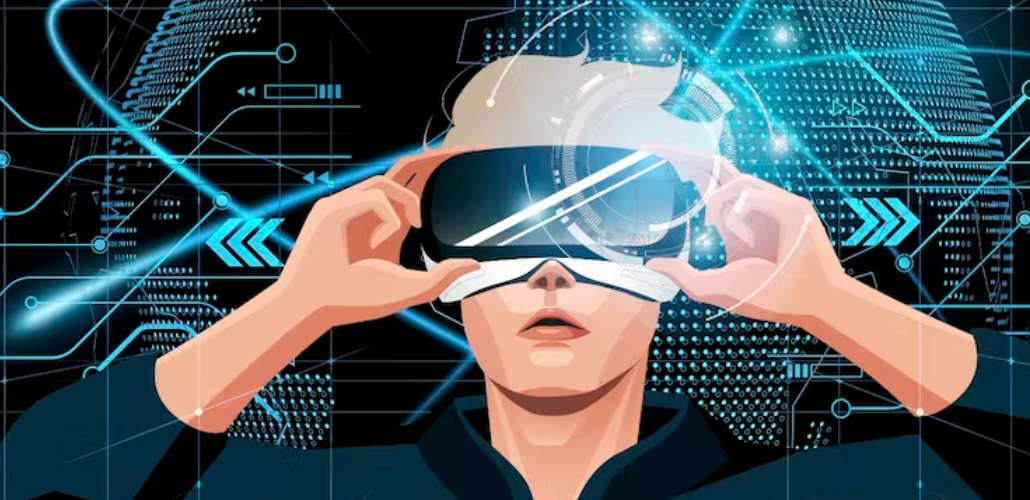The metaverse doesn’t exist yet. But since Mark Zuckerberg’s press conference at the end of October 2021, what’s happening between VC funds and tech companies may look like what happens when the new iPhone launches on Black Friday.
But the metaverse is still in the potential future and different people, including the creators of the metaverse, have different ideas about what it will be. This is exactly what you should expect from something that is supposed to become the new Internet: it will be something different for different people, because it is supposed to serve everyone.
This article explains two concepts and challenges that are critical to understanding what we are anticipating as this new world unfolds.
What is Metaverse, anyway?
Good news for those of us who are confused and need some definitive answers: we already know what the metaverse is not, and we have some basic requirements.
“The Metaverse is a massively scaled, interoperable network of real-time rendered 3D virtual worlds that can be experienced synchronously and persistently by an unlimited number of users with a sense of individual presence and with continuity of data such as identity, history, etc. . , rights, objects, communications and payments”.
So, contrary to some popular opinions or PR rumors: the metaverse is not just virtual or augmented reality, nor is it a collection of separate massively multiplayer online games, virtual shopping malls, social environments, or a simulation. Nor is it a future product made by Meta, the company formerly known as Facebook.
The Metaverse will contain all of those things, but it will need to develop something that doesn’t exist yet, to reach its final phase.
Metaverse vs. Multiverse – key concepts

Many companies and organizations are building virtual worlds right now. Some of them already have thriving online communities that use their world just as we’ll use the metaverse: a persistent digital environment (doesn’t restart when you log out), can be used with other people, and provides real-life activities with no similar goal. to a game, such as social interaction, shopping, investing, working, going to events, building a house, or creating.
But we still don’t have a metaverse yet. Metaverse development companies like Epic Games or Microsoft would like to refer to their VR experience as a metaverse, but that’s misleading. What we have now is a multiverse.
At the most fundamental level, the difference between metaverse and multiverse is interoperability. Note, however, that there is no official definition of a multiverse in this context, but it’s a good place to explain what the missing piece is that will make the metaverse “real” in the future.
What is Multiverse?
Multiverse, in literal terms, means multiple universes. It’s a conceptual idea that hasn’t been proven yet, but the theories about it are probably as old as our civilization. One of these theories says that since the cosmos consists of randomly moving atomic (or subatomic) particles, our universe is one of many universes that could exist, each with a different history and sometimes physical laws. different.
The many-worlds interpretation of quantum physics claims that not only are other alternate universes possible, but that they all exist simultaneously. This is based on the principles of quantum superposition: every particle is in both an A state and the opposite state until it is observed and its quantum state settles on one or the other. The many-worlds interpretation suggests that each observation creates parallel universes: e.g. one where you just finished reading this article, and another where you didn’t, and an infinite number of universes where the Internet doesn’t even exist and neither does this article.
Now, the set of all these parallel universes is the “multiverse”. In this framework, they all have the same laws of physics, but some cosmological theories claim that there are also an infinite number of universes where different physical rules and constants apply.
The fundamental principle is: each universe in the multiverse is separate, although there is a whole field of theories as to how it might be possible to travel from one to the other.
Integration of the physical world
Another way to understand the digital metaverse is that as long as virtual reality is separate from the physical world, we are still in the age of the multiverse.
The “real” metaverse will allow for deep interaction between the two realms. For example: when you buy a car in physical reality, it is immediately available in the metaverse; or you will be fired from your job in the real world when you break the law in the virtual world. Or when you break your leg in the physical world, it becomes difficult to walk in the metaverse as well. Metaverse would be like an additional dimension, or virtual layer of our physical universe.
This follows the interpretation of the multiverse by Raph Koster, an influential game designer who co-founded and sold one of the early precursors to the metaverse: Metaplace.
From a technological point of view, this model will mean that what exists in the “real” metaverse will be available as ARs or holograms displayed in physical locations, or just data that you can freely access in the physical world, while your The multiverse stage will require you to log into a separate reality with its own space-time continuum.
The Walled Garden’s approach to multiple virtual universes
We already live in the multiverse. Whether they were created for online gaming (Fortnite, GTA, Roblox, Minecraft), business (Microsoft Mesh, Horizon World), science, medicine, engineering (nVidia omniverse) or just leading a virtual life with a career and a Virtual Wealth (Second Life, VRchat, Decentraland): All existing VR experiences have a very real chance of delivering the features of the metaverse in individual digital ecosystems, much like walled gardens.
But to evolve from the multiverse of online experiences to the metaverse, these virtual worlds must be connected to each other and integrated with physical reality.
Until you can play sports or watch movies in a virtual space with your VRchat and Fortnite online friends, or you can sell a car you stole in GTA on the black market in Decentraland, we’re still at the stage of thousands of online games. competing for our attention, where we have been for the past two decades. Perhaps down the road we will see trade wars or bilateral partnerships between companies founded on Oculus Horizon and Microsoft Mesh, or miners in Minecraft will sell virtual materials to real estate developers in Sandbox?
The Parallel universe model
We could also differentiate metaverse and multiverse based on how our identity is handled and the linearity of time. Does your avatar continue from one universe to another, changing only its appearance in accordance with the characteristics of the graphics engine? Are you always the same person in all the virtual worlds of the multiverse, with your wealth, property and social credit? Or do you have a different identity in each one?
Does everything happen to you on a timeline, like in the physical universe? Or can you lead multiple lives as multiple characters?
And: if you die in the virtual world, can you respawn or is it game over?
Will our multiverse grow to become a metaverse?

The metaverse will only become a “real thing,” rather than an exciting trend that may or may not become a tech bubble, if it becomes something people are willing or forced to treat as real.
Until you can work at the Sandbox to pay your rent in Manila, or prefer to host a business gala on the Oculus Horizon instead of Zoom, virtual experiences are just 3D entertainment with no financial relevance to non-gamers.
The three biggest obstacles between a multiverse of many universes and a metaverse are computing power, immersive technology, and interoperability.
If technological progress continues, especially if quantum computing becomes available, if it is possible to have thousands of people in a virtual space, we will overcome the technological hurdle and enter the next phase of living in many virtual worlds at the same time.
But interoperability is both a technological and a social challenge. Discussions about a set of protocols, interfaces, and programming standards needed to connect separate virtual worlds are probably as old as the concept of cyberspace. A unified metaverse may need to develop a common economy system or blockchain with a common NFT issuer to ensure continuity of identity and ownership.
Governing a fully connected virtual world
Then there is the question of whether decentralized, democratic virtual communities will want to play on the same field with the big tech domains created by Facebook, Google, or even Epic Games. Who will decide on the political systems, write and execute the laws, who will decide on the economic system and answer even such basic and crucial questions as “if scarcity is not necessary in the virtual world, we should create it to leave more room for market?” competition?” Or maybe we don’t need competition in a potentially limitless world?
Judging by the current political landscape and the nature of existing large virtual worlds that are based on strong libertarian values, the future of the metaverse will likely remain largely a multiverse, or perhaps we are headed towards a bubbly multimetaverse world that contain multiple environments. Each of those bubbles could adopt different laws decided by governments, corporate worlds and ‘autonomous verses’. But in this rapidly growing and changing field of capital investment, the direction for the future could be decided very soon, by whoever dominates the field first. Whether it’s a metaverse development company, a small consortium of pioneers, or an alliance of individuals.


